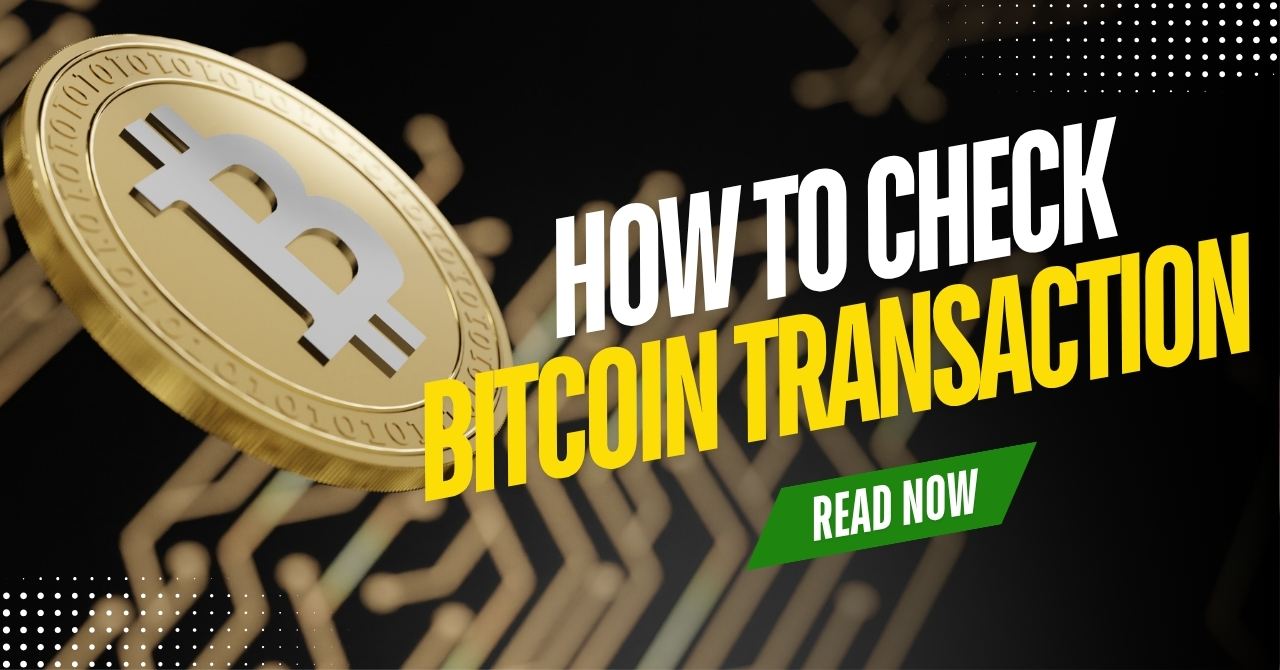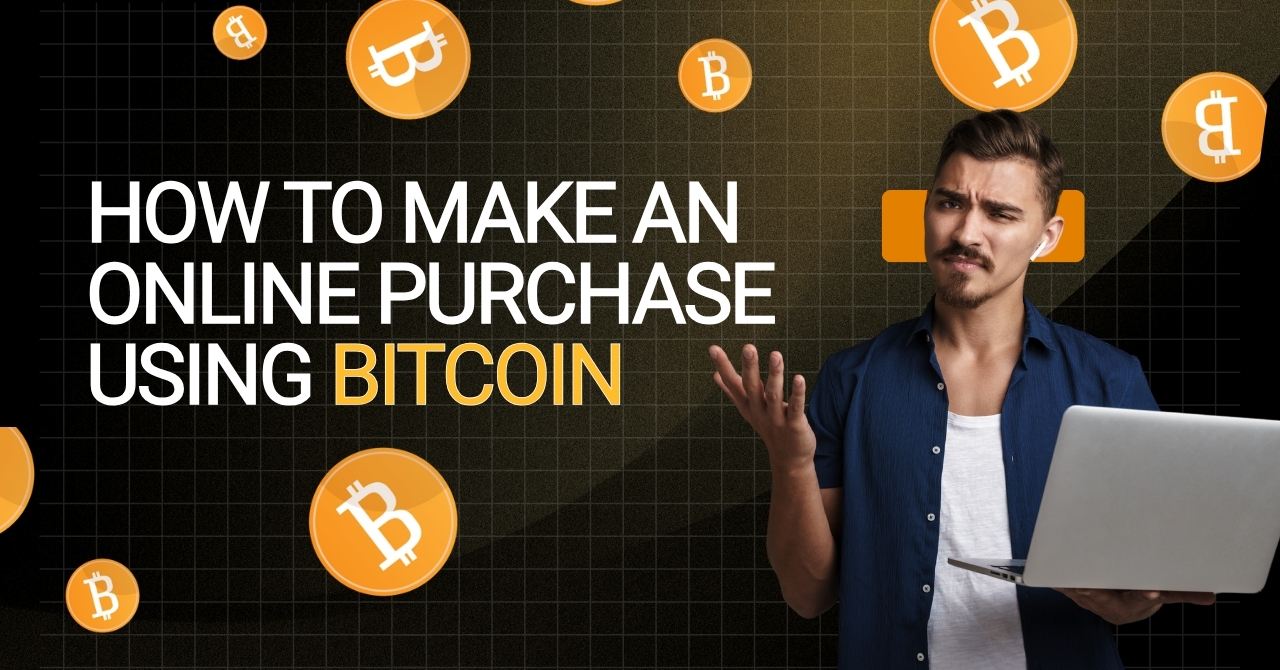Sending Bitcoin isn’t hard, but doing it wrong can cost you. Whether you’re transferring crypto to a friend or funding your exchange account, knowing how to send bitcoins to an address correctly is essential.
How do i send bitcoins to an address?
Sending Bitcoin means no second chances. One wrong character in an address, and your funds could be lost forever. But don’t worry by the end of this guide, you’ll know how to send BTC confidently using your mobile wallet, exchange, or hardware wallet.
Learn exactly how to send bitcoins to an address, avoid costly mistakes, and master secure BTC transactions today.
1. Essential requirements before you send bitcoin
If you’re wondering how do I send bitcoins to an address, it all starts with having the right tools and security in place. Bitcoin transactions are permanent and irreversible, so being fully prepared is essential to avoid mistakes and protect your funds.
This section breaks down exactly what you need before hitting “send.
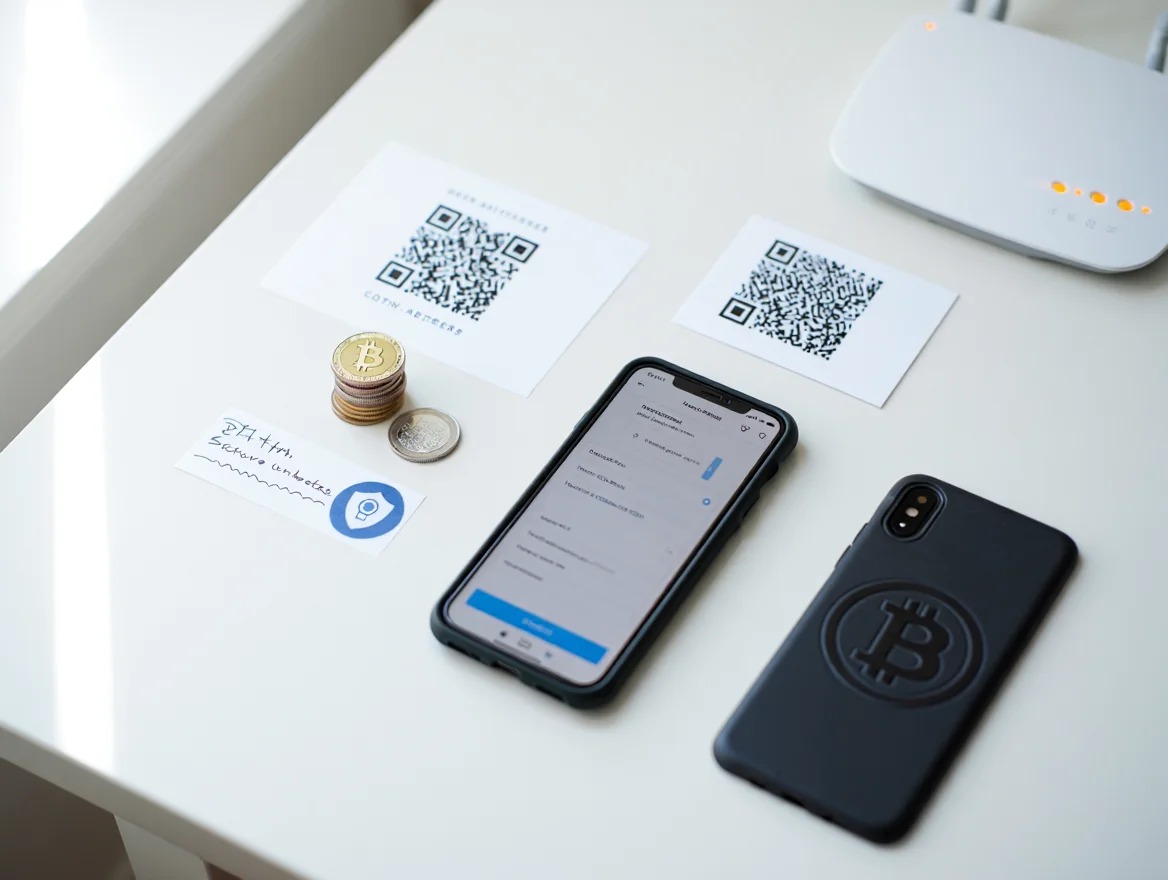
1.1 A bitcoin wallet
To answer the question how do I send bitcoins to an address, you first need a Bitcoin wallet. A wallet is where your Bitcoin is stored and managed, and it’s what you’ll use to initiate the transaction.
There are several wallet types, each with varying levels of security and accessibility:
- Mobile Wallets (e.g., Trust Wallet, BlueWallet)
Perfect choice for beginners and regular usage. These are apps that allow quick access to your Bitcoin, often with a QR code scanner for sending and receiving. - Desktop Wallets (e.g., Electrum)
More advanced, ideal for users who want full control over private keys. Run on a computer and include backup features. - Hardware Wallets (e.g., Ledger Nano X, Trezor)
Offline hardware devices used to store your Bitcoin securely. These are considered the gold standard for security, especially for long-term holders.
- Custodial Wallets (e.g., Coinbase, Binance)
The easiest option. These are exchange-based wallets that manage your keys for you perfect for new users, though less private and secure.
Expert Tip: “Not your keys, not your coins. If you don’t control the private keys, your Bitcoin is effectively in someone else’s hands.” – Andreas M. Antonopoulos, Bitcoin educator & author
If this is your first time figuring out how to send bitcoins to an address, start with a mobile or custodial wallet. Once you’re confident, upgrade to a hardware wallet for added security.
1.2 The recipient’s bitcoin address
Every Bitcoin address is a public key a unique combination of letters and numbers.
Alternatively, many wallets offer a QR code version of this address to scan easily.
Before you proceed, make sure to carefully verify that:
- The address starts with 1, 3, or bc1 (standard formats)
- ou’re sending BTC, not another coin like BCH or ETH
- You’ve copied or scanned it correctly no typos
Security Tip: Malware can change addresses in your clipboard. Always verify the pasted address matches the original.
Learn more about Bitcoin address
1.3 A sufficient btc balance
Make sure your Bitcoin balance is sufficient before sending. Verify your wallet to make sure you:
- Have enough BTC to cover the amount you want to send
- Include a small fee (also paid in BTC) for network confirmation
Some wallets allow you to choose the fee level—“Standard,” “Fast,” or “Custom”. Higher fees confirm faster during peak traffic.
Example: If you’re sending 0.01 BTC and the network fee is 0.0002 BTC, your wallet should have at least 0.0102 BTC available.
1.4 Secure internet connection and protective tools
Still asking how do i send bitcoins to an address. safely? It’s not just about the wallet it’s also about the environment in which you make the transaction.
Here’s what to secure:
- Secure Wi-Fi or VPN: Avoid public Wi-Fi networks. Protect your privacy by using a VPN to mask your IP and location
- Two Factor Authentication (2FA): Enable 2FA on your exchange or wallet account to prevent unauthorized access.
- Avoid distractions: Sending to the wrong address due to multitasking is more common than you think.
1.5 Essential checklist before confirming your btc transaction
Here’s a quick review of everything you need when asking how do I send bitcoins to an address:
- Bitcoin wallet (mobile, custodial, or hardware)
Verified recipient address (public key or QR code) - Enough BTC, including estimated network fees
- Secure connection + 2FA enabled
- Stay focused and avoid any distractions while sending Bitcoin
Before you send Bitcoin, make sure your tools and details are in place: a trusted wallet, a verified address, a secure connection, and enough BTC to cover the transaction. If you’re serious about mastering how do I send bitcoins to an address, these are the building blocks of a secure and successful transfer.
View more: What is a Payoneer Card? Complete Guide to Payoneer Card
2. How do i send bitcoins to an address?
If you’re asking yourself, “how do I send bitcoins to an address?” you’re not alone. This is one of the most common beginner level questions in crypto, and rightly so. Bitcoin transactions are irreversible, so it’s vital to get each step right from start to finish.
In this section, we’ll walk you through three of the most reliable methods to send Bitcoin: via mobile wallet, through a crypto exchange, and from a hardware wallet. Each method is secure when done properly but the key is attention to detail.
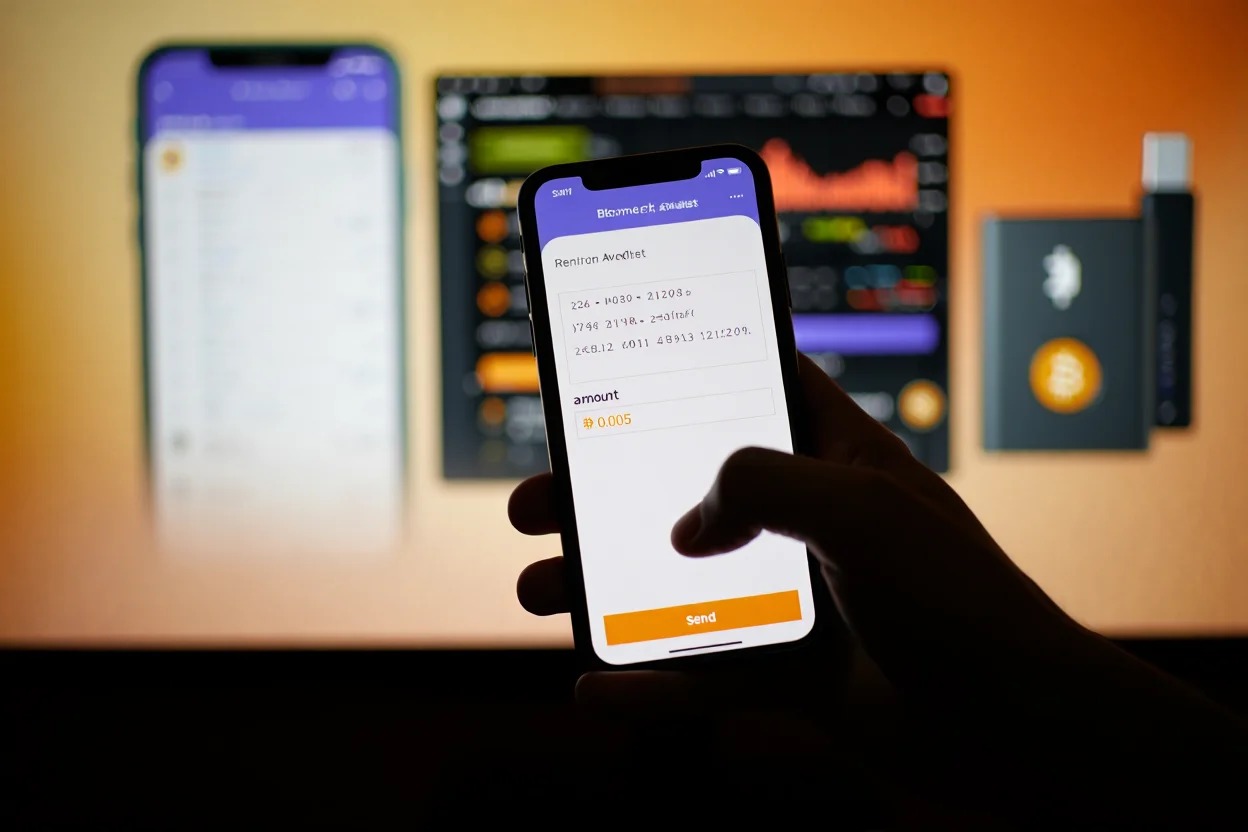
2.1 How do i send bitcoins to an address using a mobile wallet?
Mobile wallets are often the first go to tool for anyone learning how to send bitcoins to an address. They’re user friendly and perfect for everyday Bitcoin transactions.
Follow these step by step instructions to send bitcoin using Trust Wallet:
- Open your Trust Wallet app.
- Tap the “Send” button.
- Paste the recipient’s BTC address or use the built-in QR code scanner
- Specify how much Bitcoin you’d like to transfer for this transaction
- Choose a network fee (Standard, Fast, or Custom).
- Double-check all details, then tap “Confirm.”
Pro Tip: Always verify the recipient address before submitting, especially if you’re copying and pasting it could be altered by clipboard malware.
2.2 How Do I Send Bitcoins to an Address Using a Crypto Exchange?
If you’re holding Bitcoin on an exchange such as Coinbase or Binance, follow these steps to transfer it to another wallet address.
- Log into your account.
- Open the wallet tab and tap “Send” or “Withdraw” to start the transfer
- Choose Bitcoin (BTC) from the currency list.
- Double-check the wallet address, then paste it carefully to avoid any mistakes
- Input the exact amount of Bitcoin (BTC) you plan to send
- Use Two-Factor Authentication (2FA) to securely confirm and complete your transaction.
- Click “Submit” to broadcast the transaction.
Pro Tip: Always send a small test amount (e.g., 0.0001 BTC) before transferring large sums to a new address. This ensures the address works and prevents irreversible loss.
Reminder: Reputable exchanges like Coinbase and Binance include safety features such as address whitelisting and 24-hour withdrawal locks to protect users.
2.3 How do i send bitcoins to an address from a hardware wallet?
For those serious about security, hardware wallets like Ledger Nano X and Trezor are the best option.
- Plug in your hardware wallet to your computer or phone to get started
- Access the BTC application from your connected wallet.
- Launch the companion software (e.g., Ledger Live).
- Tap “Send,” then enter the recipient’s Bitcoin address and the amount you want to transfer
- Verify the address on the wallet’s screen manually.
- Approve the transaction directly on the hardware device.
Always verify the address on the physical device screen to ensure it hasn’t been tampered with.
Additional transaction tips (No Matter the Method)
Whether you’re figuring out how to send bitcoins to an address from a mobile wallet, exchange, or hardware device, these universal tips will ensure your transaction is smooth and secure:
- Verify the address by checking the first and last four characters to confirm it matches exactly
- Use QR Codes When Possible: This minimizes the risk of typos or clipboard malware.
- Set an Appropriate Fee: If time is critical, choose a higher fee to get your transaction confirmed faster.
- Understand the Network: Once you hit “Send,” your transaction is broadcast to the Bitcoin network. It cannot be reversed.
No matter which method you use, the answer to how do I send bitcoins to an address always involves the same three pillars: use a trusted wallet, input and verify the correct address and
confirm the transaction using secure methods.
3. What happens after you send bitcoin?
So you’ve followed the steps on how do I send bitcoins to an address and now you’re wondering: what happens next? It’s a common question, especially for first time users who don’t immediately see the funds arrive on the other end.
Once you click “Send” in your wallet, your transaction is broadcast to the Bitcoin blockchain, where it enters a verification process known as confirmation.
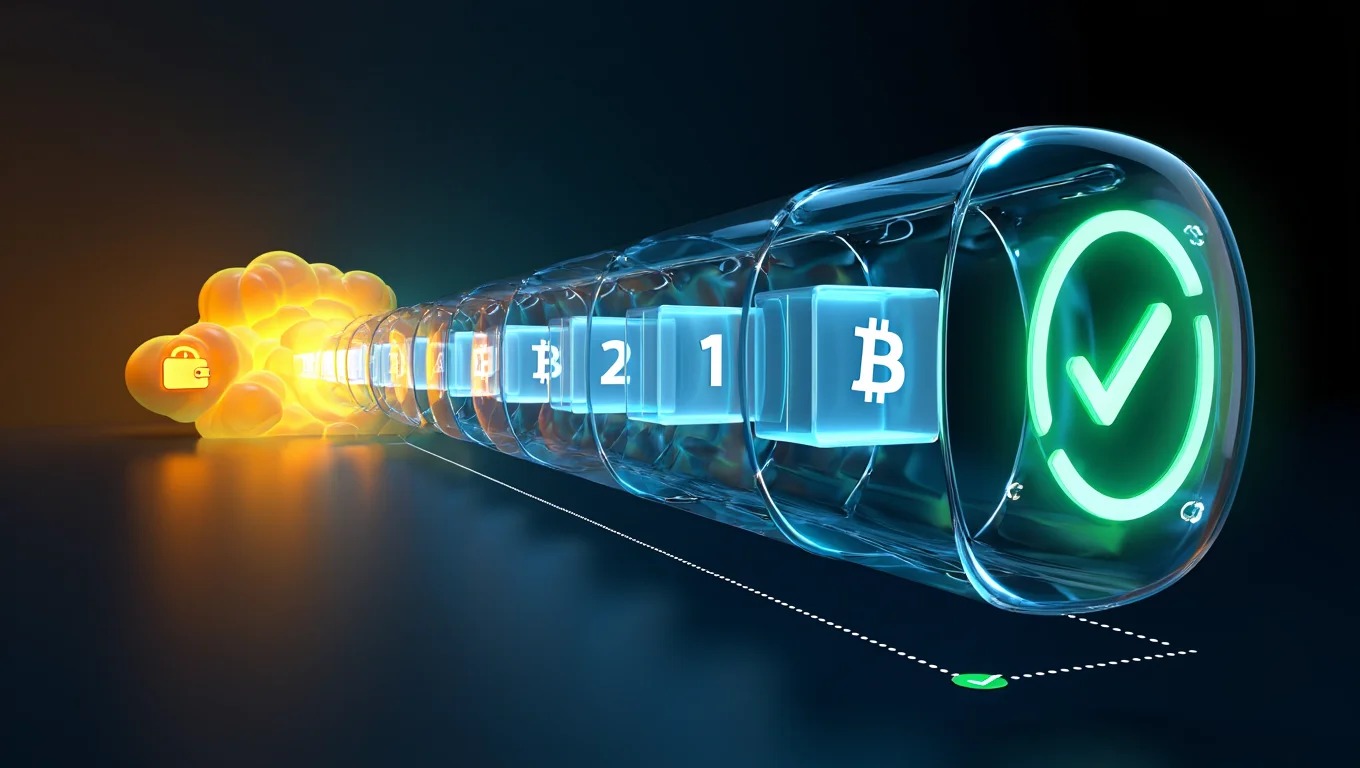
3.1 Blockchain confirmations: how they work
In the Bitcoin network, every transaction must be confirmed by miners to be considered secure and valid. These confirmations help prevent double spending and fraud.
Blockchain makes transactions more secure
This standard process is commonly used across most wallets and crypto exchanges:
| Confirmations | Estimated Time | What It Means |
| 1 confirmation | ~10 minutes | Initial network verification begins |
| 3 confirmations | ~30 minutes | A reliable choice for everyday personal transfers |
| 6 confirmations | ~1 hour | Standard for most exchanges and large transfers |
If you’re asking how do I send bitcoins to an address and how long it takes expect at least one confirmation in 10–15 minutes, with full finality after six.
3.2 Network Congestion: Why Timing Can Vary
Bitcoin operates on a decentralized network, meaning transaction speeds depend on network congestion and your selected transaction fee.
- When the network is congested, miners give priority to transactions with higher fees
- If you choose a low fee, your transaction might get delayed or even dropped until fees normalize.
Example: On weekends or during bull runs, fees spike. If you send 0.002 BTC with a minimal fee, your transaction may wait in the mempool (pending state) for hours.
3.3 Tracking your bitcoin transaction step by step
After figuring out how do I send bitcoins to an address, you should also know how to track the progress of your transaction.
Every time you send BTC, your wallet generates a Transaction ID (TXID). You can use the unique transaction ID to monitor the transfer status via a blockchain explorer
How to track it:
- Copy your TXID from your wallet.
- Paste it into any block explorer’s search bar.
- View number of confirmations, fee paid, sender/recipient address, and block status.
All Bitcoin transactions are public and immutable. This transparency helps users verify activity and troubleshoot delays.
View more: How many bitcoins does tesla own
4. Safety tips before sending bitcoin
Understanding how to send bitcoins to an address goes hand in hand with prioritizing security. Since Bitcoin transactions are permanent and cannot be reversed, even a small mistake can lead to the complete loss of your funds.
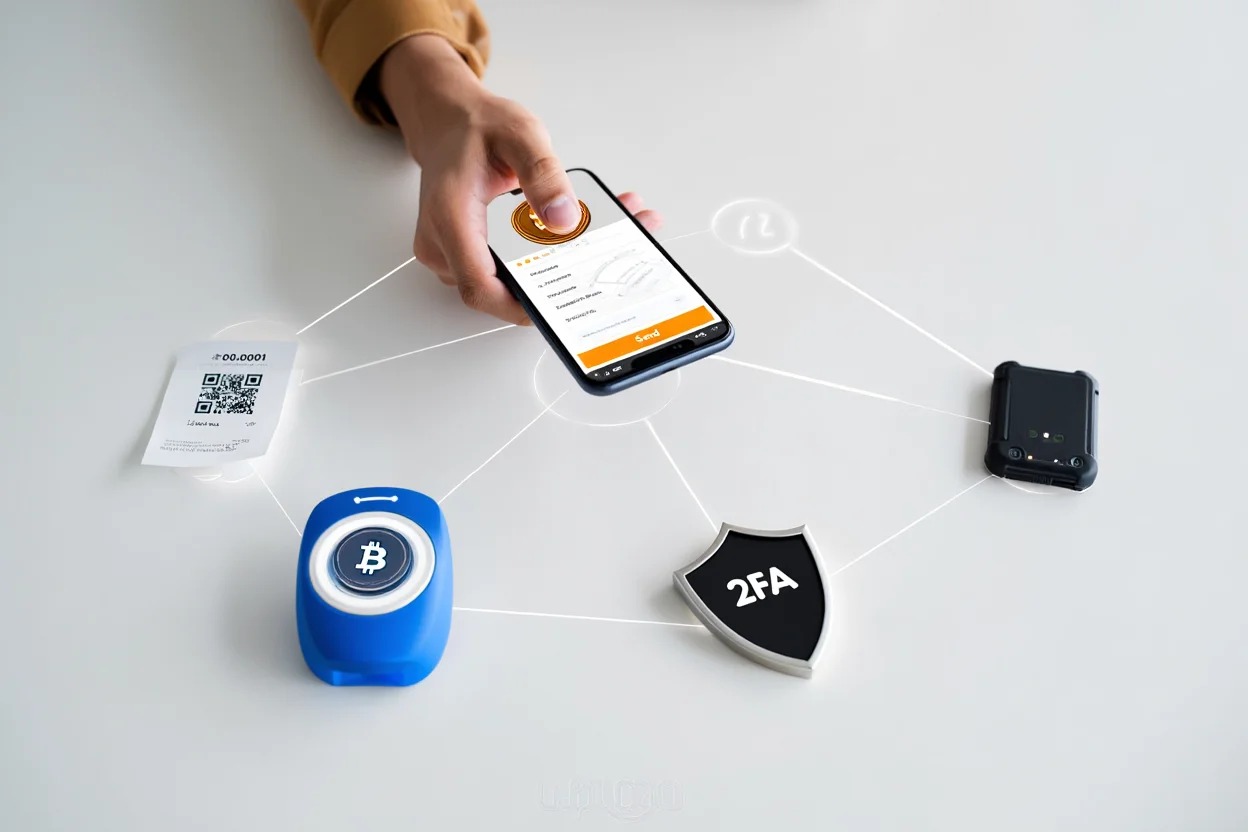
Be careful and double check before pressing the send Bitcoin button
Whether you’re a beginner or an experienced user, following strong safety practices ensures your BTC reaches the correct address safely and securely.
Here are the top safety tips to protect yourself every time you send Bitcoin:
4.1 How Do I Send Bitcoins to an Address Safely
When learning how do I send bitcoins to an address, the most critical habit to develop is verifying the wallet address.
Phishing malware can silently alter addresses you copy to your clipboard replacing them with those controlled by hackers. Always:
- Visually compare the first and last 4 characters of the address
- Avoid copying/pasting from untrusted sources
- Re confirm the address using QR codes or contact with the recipient
Experience Tip: Many users have lost funds by copying an address infected by clipboard malware this is more common than you think.
4.2 Use QR codes when possible
If both you and the recipient are using mobile wallets, scanning a QR code is faster and safer than manually entering or copying long strings of characters.
- Minimizes the chance of manual input mistakes
- Prevents clipboard-based address tampering
- Saves time, especially for peer-to-peer transactions
QR technology is supported by all major wallets like Trust Wallet, Coinbase Wallet, and Binance, making it a best practice for crypto users.
4.3 Begin by sending a small amount first to ensure everything is working correctly.
Still unsure how do I send bitcoins to an address safely? Begin by sending a small amount first. This technique is a simple and effective way to verify that the address is correct and that funds are arriving as expected.
- Send 0.0001 BTC or similar before transferring a large amount
- Confirm delivery using a block explorer
- Once successful, proceed with the full transaction
Tip: Many seasoned traders never send large transfers without first testing the address. Taking a few extra minutes can save you from costly mistakes
4.4 Turn on two factor authentication (2fa) for added security
Protecting your Bitcoin means securing more than just your wallet. If you’re using a custodial wallet or exchange (e.g., Coinbase, Binance), always enable 2FA to protect your login and approval process.
- Use trusted 2FA apps such as Google Authenticator or Authy
- Avoid using SMS for 2FA it’s less secure than app-based options
- Required for withdrawing BTC on most platforms
Protects your account even in the event your password is compromised.
4.5 Backup your recovery phrases
All non custodial wallets provide a 12 or 24 word seed phrase, which is your sole backup for recovering access if your device is lost.
- Record it on paper and keep it in a secure, offline place
- Never upload it to cloud storage, email, or text apps
- Consider storing in a fireproof safe or metal backup device like Cryptosteel
If someone obtains your seed phrase, they can access and transfer all your Bitcoin even without your device.
To fully understand how do I send bitcoins to an address, it’s equally important to learn how to send it securely. Double check addresses, test small transactions, use 2FA, scan QR codes, and protect your recovery phrase like your life savings depend on it because in crypto, they might.
5. Common mistakes to avoid when sending bitcoin
Learning how do I send bitcoins to an address isn’t just about knowing the correct steps it’s equally important to understand what not to do. Bitcoin transactions are final and cannot be reversed, so even small oversights can lead to lost funds or failed transfers.
By avoiding these frequent mistakes, you’ll ensure a smoother and safer Bitcoin transaction experience.
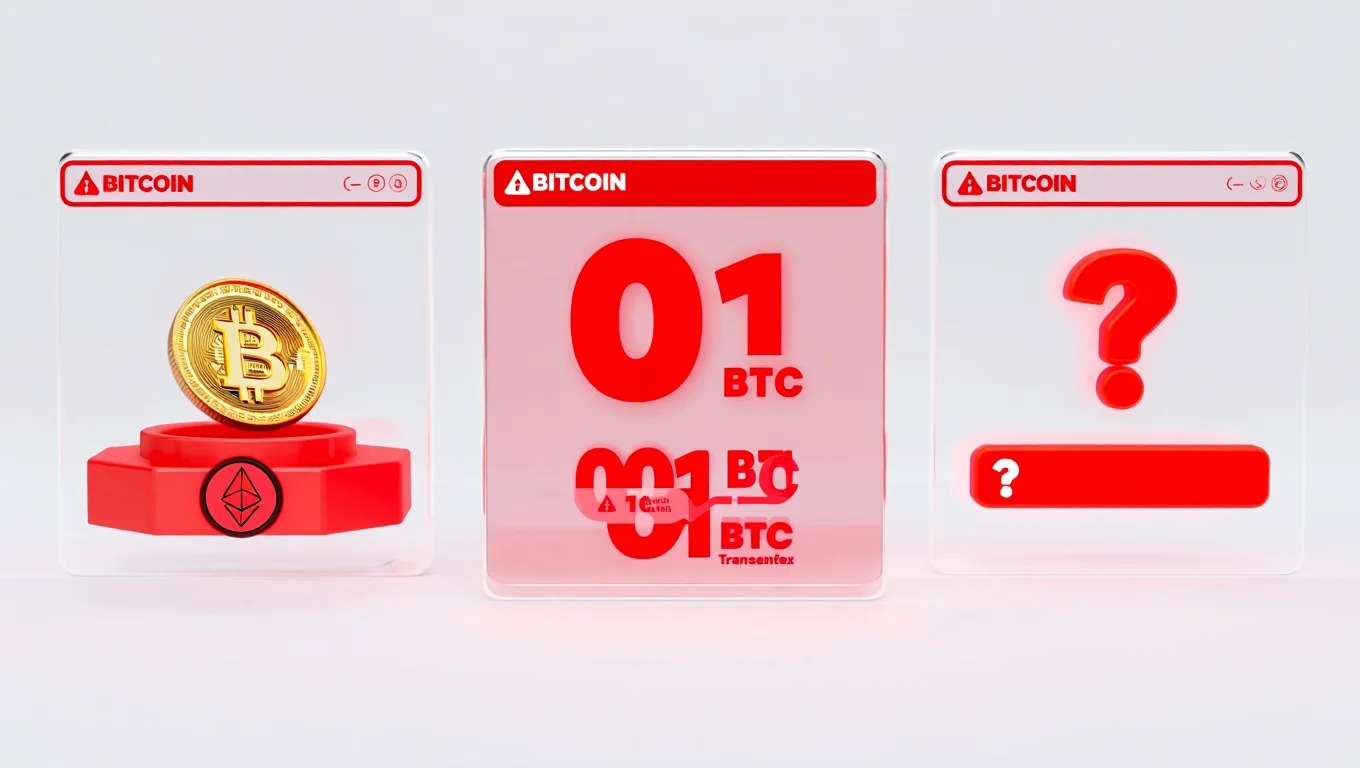
5.1 Risks of sending bitcoin to the wrong network and how to handle it
One of the most critical mistakes users make is selecting the wrong network when sending BTC. Bitcoin (BTC) should only be sent on the Bitcoin blockchain not to other networks like: BCH (Bitcoin Cash), BEP20 (Binance Smart Chain), ETH (Ethereum network)
Example: If you send BTC to a BEP20 address on Binance, it won’t arrive in your recipient’s Bitcoin wallet and may be unrecoverable without exchange support.
Best Practice: Always select the native BTC network when sending Bitcoin unless explicitly told otherwise.
5.2 Fee mistakes to avoid when learning how do i send bitcoins to an address
If you’re still learning how do I send bitcoins to an address, it’s important to understand that the network fee (miner fee) plays a key role in confirming your transaction.
- A fee that’s too low may result in delays or worse, your transaction getting stuck in the mempool for hours or days.
- A zero-fee transaction is rarely confirmed unless processed manually by a miner.
Real World Issue: During times of high traffic, even a standard fee might not be enough. Use real-time fee estimators to choose an appropriate fee level.
5.3 Ignoring memos or destination tags
Some exchanges (e.g., Binance, KuCoin) require a memo, tag, or reference ID when receiving BTC or other assets into shared wallets.
If you forget this step:
- Your Bitcoin may arrive but not be credited to your account.
- You’ll need to contact support, which can be time-consuming and costly.
Example: Sending BTC to your Binance account without including the required memo might delay the deposit or cause the exchange to reject it entirely.
Always check deposit instructions on the exchange platform before initiating a transfer.
Understanding how do I send bitcoins to an address also means understanding what not to do. Avoiding these common errors can save you from losing your BTC: confirm the correct blockchain, use a supported address format, set a reasonable fee.
Explore more trading insights:
6. FAQs: how do i send bitcoins to an address?
6.1 Can a Bitcoin transfer be canceled after it’s confirmed?
No. Once your transaction is broadcast to the blockchain, it cannot be reversed or canceled.
6.2 How much will you pay to transfer BTC?
Transaction fees depend on the current congestion of the Bitcoin network. During busy times, a fast confirmation may cost $5–$10. Use a fee estimator tool
6.3 What if I send Bitcoin to the wrong address?
Unfortunately, it’s usually gone forever. Bitcoin is decentralized, and no central authority can reverse it. Only the recipient can return the funds.
6.4 How do I check if my Bitcoin transaction went through?
Use your wallet’s TXID and paste it into a block explorer like Blockchain.com to see if it was confirmed.
6.5 Can I send Bitcoin to an email or phone number?
Not directly. You need the recipient’s Bitcoin wallet address. Some platforms (like Cash App) offer simplified sending, but it’s still powered by wallet addresses in the background.
7. Final thoughts: mastering how to send bitcoins to an address Securely
Sending Bitcoin doesn’t need to be complex or risky when done right, it becomes a smooth and empowering experience. This guide has walked you through everything you need to know about how do I send bitcoins to an address, from preparing your wallet and verifying details to avoiding common pitfalls and understanding how confirmations work.
By learning how to choose the right wallet, correctly input Bitcoin addresses, adjust transaction fees, and protect your funds with strong security practices, you now have the tools to transfer Bitcoin confidently and responsibly.
Looking to expand your global trading knowledge or build cross border partnerships? Visit Vietnam-US Trade a leading bridge for investment and commerce between Vietnam and the United States. And if you’re ready to dive deeper into the world of Bitcoin, keep learning, stay updated, and embrace the future of decentralized finance. Bitcoin isn’t just a currency it’s a revolution.



